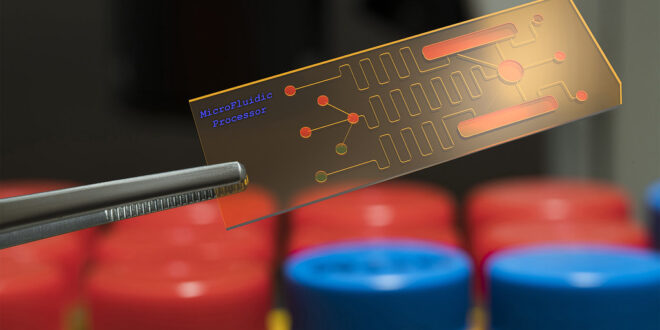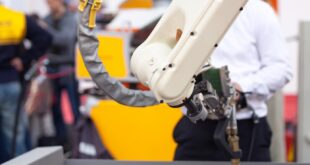A biosensor is a chemical sensing device that couples a biologically-derived recognition to a transducer, allowing for quantitative development of complex biochemical parameters. The gadget features a transducer and a biological element. The biological element could be a nucleic acid, an antibody, or an enzyme. It interacts with an analyte under test, producing a biological response that is converted into an electrical signal by the transducer. Moreover, Biosensors are also known as optrodes, biochips, biocomputers, chemical canaries, resonant mirrors, immunosensors, or glucometers depending on their numerous applications. For more information on biosensors visit here.
Biosensor Elements
Several substances can be used as bio-elements in a biosensor. They include:
- Lectins or plant proteins
- Materials like organelles, tissue slices, or microorganisms
- Nucleic acids
- Antibodies or enzymes. An antibody-based biosensor is called an immunosensor
The electrical sensor may produce an electrical, thermal, or optical signal when it interacts with the bio-element. An appropriate transducer then converts the signal into a measurable electrical parameter, maybe a voltage or current.
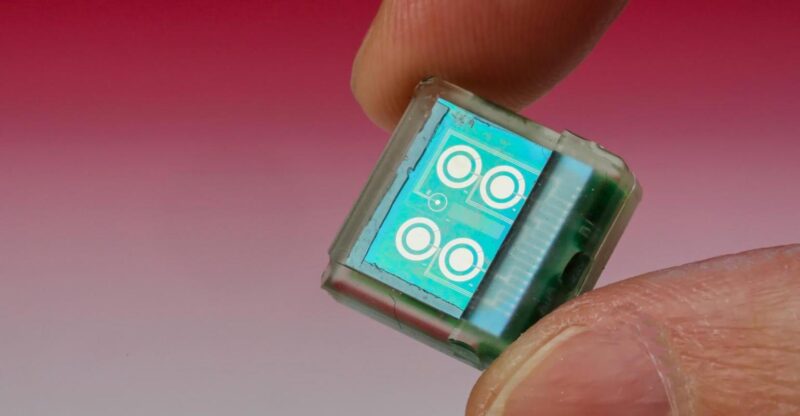
Evolution of biosensors
Leland C. Clark was reported to be the first scientist to use a biosensor. In his laboratory study, he used a platinum electrode to detect the presence of oxygen. He used a dialysis membrane to trap enzyme glucose oxidase against the surface of the platinum electrodes. He then modified the enzyme activity dictated by the surrounding oxygen concentration.
Afterwards, Glucose oxidase reacts with glucose to produce gluconic acid, and two electrons and protons, thereby reducing glucose oxidase. The protons, electrons, the surrounding oxygen, and the reduced glucose oxidase react to give an oxidized glucose oxidase and hydrogen peroxide, which then makes more glucose oxidase available for more glucose to react with. Our body consumes more oxygen with high glucose content. Moreover, the production of hydrogen peroxide increases with low glucose in body.
Therefore, a decrease in oxygen or an increase in hydrogen peroxide can be measured to give a measurement of glucose concentration. Innovative Sensor Technology develops biosensors for measuring the concentration of lactate, glutamine, and glucose in aqueous media. Therefore, their biosensors are based on enzymatic-amperometric.
Different types of biosensors
The different types of biosensors include;
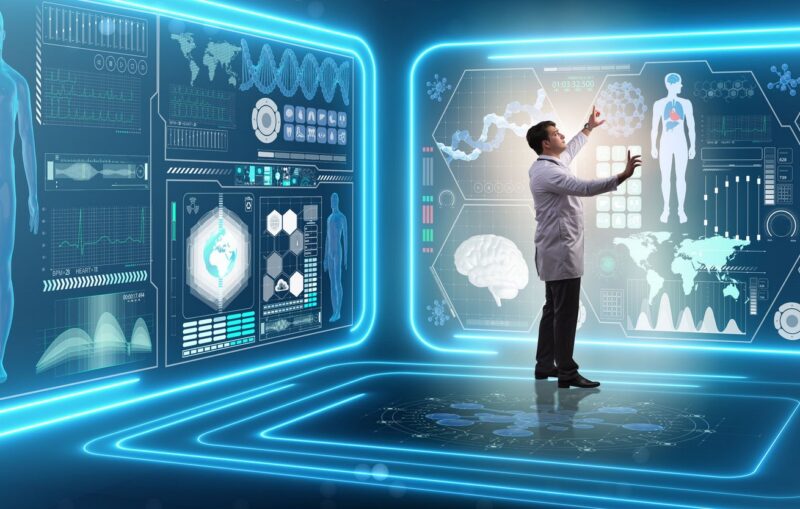
1. Electrochemical Biosensors
They react with the analyte to give an electrical signal so that you can know the analyte concentration. Moreover, the electrochemical biosensors are of two types Potentiometric and Amperometric. Potentiometric sensors measure the variations in the potential of an open circuit. On the other hand, Amperometric ones measure the current flow caused by the oxidation and reduction of electroactive species.
The activities of enzymes and living cells are studies through the use of these sensors.
2. Immunosensors
Immunosensors are devices based on solid state ligands. Industrial and clinical applications use these sensors. For example, easier disease diagnosis and drug detection. Furthermore, veterinary diagnosis and food quality control also use them.
3. Magnetic sensors
They measure the effects induced by magnetic performance and the changes in the magnetic properties of materials. Military and security applications involve this type of sensor devices.

4. Thermometric sensors
They measure the heat release caused by different materials. To say it more precisely, they measure the temperature changes that occur because of enzymatic activity in the analyte. The automotive, aerospace, industrial, medical and agricultural sectors use this type.
5. Acoustic biosensors
They are also known as Piezoelectric biosensors. The physical property changes in the acoustic waves can be studied through its use. Medical, scientific and technological sectors use these sensors.
6. Optical sensors
You can measure the interaction between bio-recognition sensing elements and the optical field by using these. Moreover, these biosensors are the most commonly available devices. These are also of two types Photometric and Colorimetric. Colorimetric sensors measure the changes that occur in light adsorption. The Photometric ones measure the intensity of light. Clinical diagnosis also use these biosensors.
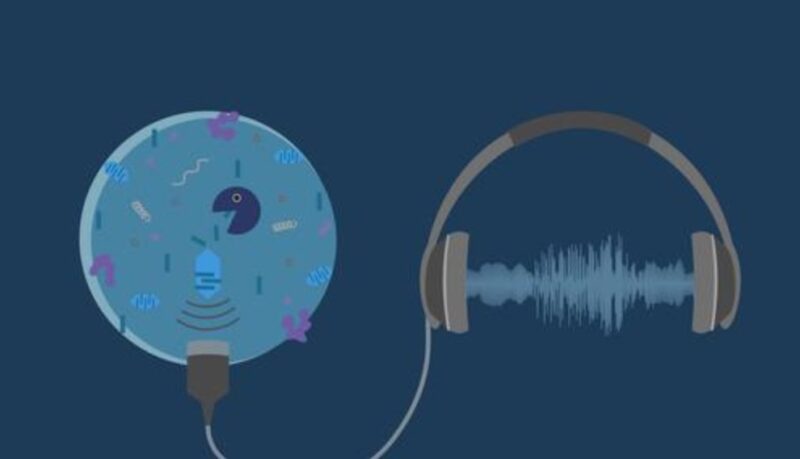
Why use Biosensors?
There are some amazing benefits of using biosensing technology. This technology is
- Easy to use
- Highly cost-effective
- Provides highly accurate detection
- Provides quick results
- Highly sensitive
Biosensors’ applications
Biosensors are becoming increasingly popular, thanks to advances in biotechnology and microelectronics. These are high-value gadgets for measuring an array of analytes, including gases, organic compounds, bacteria, and ions.
Furthermore, there are no limitations to their use because of the instrumentation. Biosensing instruments have now a wide application. Its scope ranges from the agricultural sector to environmental and clinical fields.
Here is a list of the fields that have wide use of this technology;
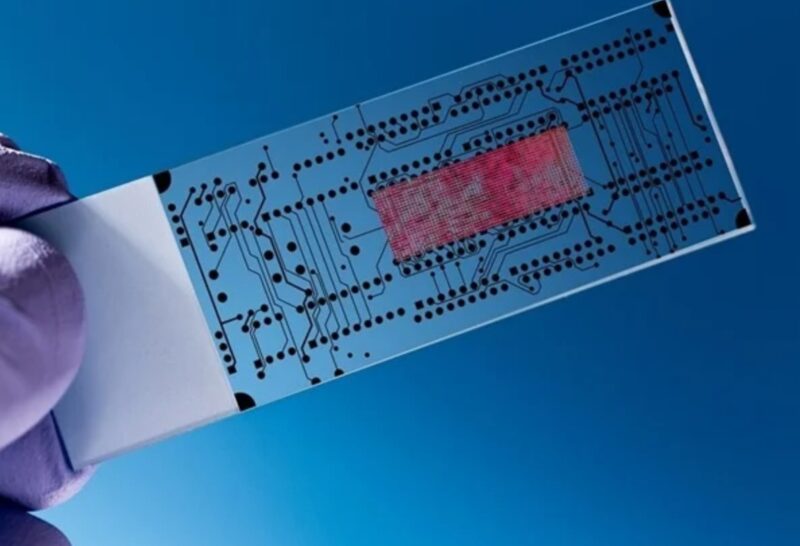
- General healthcare monitoring
- Environmental pollution control
- Industrial processing and monitoring
- Veterinary applications
- Agricultural applications
- Disease screening
- Clinical diagnosis and analysis of diseases
1. Industrial application
Industries (especially the food sector) are using this senor technology to get highly precise results. This technology helps to manage quality control processes. Therefore, acids, alcohols and carbohydrates are measured by using the biosensing instruments. In addition to this, the instruments can also measure the fermentation of yogurt, beer and also soft drinks.
The use of these sensors is not limited to drinks, alcohols and fermentation products. Food industries can also detect the presence of pathogens in fish, fresh meat and poultry. Thus, they can maintain food quality and prevent any occurrence of pathogens.
2. Environmental application
Quality inspection of water, soil and air is the main concern for environmental studies. These instruments are highly sensitive against organophosphates. Therefore, environmental scientists use them to check the toxicity of air and wastewater. This helps in research studies and to get rid of pollutants from a certain area. With the use of biosensors, quality inspectors can analyze the problem and pollutant. Afterward, they can deal with the pollutant.
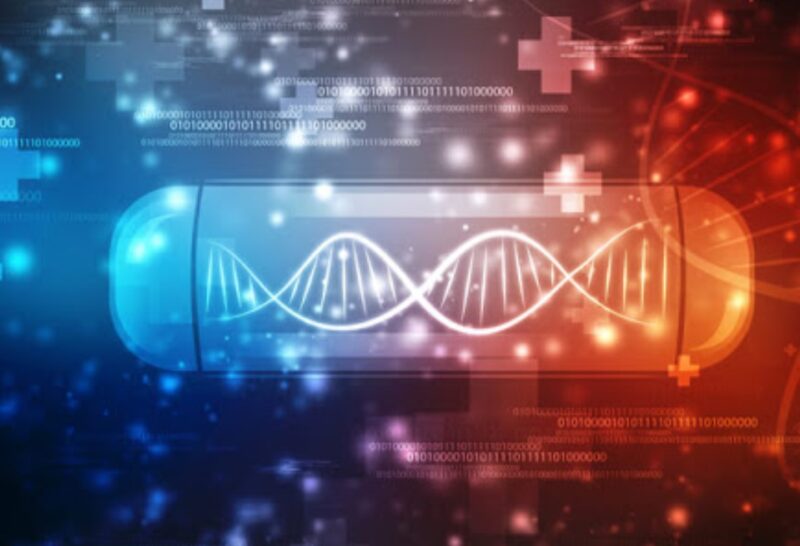
3. Clinical applications
The use of biosensing instruments in clinical practices is serving as life-savers. One of the most commonly used instrument is the glucose monitor. It is a biosensing tool used for the routine check-up of diabetic patients. Moreover, it is easy to use and the doctor can check the blood sugar level of the patient easily. Furthermore, the device is also quite easy for self-testing. A patient can test his blood sugar from the undiluted blood sample.
 Comeau Computing Tech Magazine 2024
Comeau Computing Tech Magazine 2024
